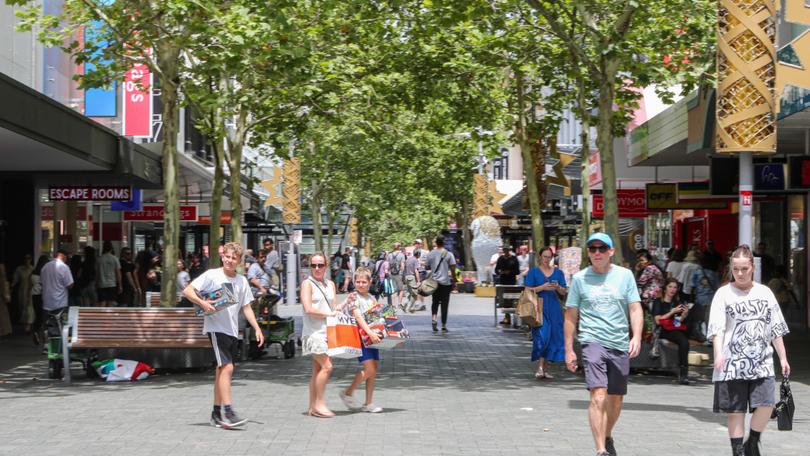Public sector pay boosts could add fuel to the inflation fire amid Reserve Bank, Government war

Economists say the Federal Government’s moves to drive up wages add to the case the public sector is making the Reserve Bank’s job harder.
Australian wages rose 4.1 per cent in the 12 months to June, about the same pace as in March’s data.
But the latest figures were boosted by a pay rise for Commonwealth public sector workers, according to the Australian Bureau of Statistics.
Sign up to The Nightly's newsletters.
Get the first look at the digital newspaper, curated daily stories and breaking headlines delivered to your inbox.
By continuing you agree to our Terms and Privacy Policy.Workers in the private sector have seen wage growth cool off. They lifted at a slower rate in June than the previous quarter.
“The June quarter 2024 private sector rise was . . . the equal lowest rise for any quarter since December quarter 2021,” ABS head of prices statistics Michelle Marquardt said.
She said the big lift in public sector pay had been due to timing changes.
KPMG chief economist Brendan Rynne said the numbers would provide comfort to the RBA, with slowing wages growth to help cool inflation in the services sector.
But Mr Rynne fired a shot at the Federal Government’s moves to drive up pay in some industries.
He said it added to concern that public spending would make the RBA’s job of fighting inflation more challenging.
“While made for understandable reasons, the government’s wage increases for childcare workers, combined with aged care and disability care workers, collectively add up to around $30 billion,” he said.
“This is in effect, the socialisation of wage increases in one sector of the economy through all taxpayers.”
Government-regulated wages lifted at a fast pace with awards up 5.6 per cent, UBS analysis found. The investment bank said a cut to interest rates was a long way off.
EY senior economist Paula Gadsby also said Tuesday’s wage numbers added to the case interest rates will stay elevated for some time.
Annual wage growth was slightly above expectations, she said.
“The wage price index has remained above 4 per cent since September 2023 and remains close to the 15-year peak of 4.2 per cent recorded in December 2023,” Ms Gadsby said.
“The Reserve Bank believes that wages growth has peaked — at a slightly slower pace than previously thought — but this release, and their own liaison with business, suggests this may not be the case.”
The central bank’s recent quarterly rundown on the economy suggested a pace above 4 per cent might be too fast to keep a lid on inflation, given low productivity growth.
The RBA said that may not be sustainable in the long term.
Treasurer Jim Chalmers declared wages were growing in real terms — that is, faster than inflation.
“This return to sustainable wages growth under a Labor Government is welcome, but we know people are still under pressure,” he said.
“Today’s result means that for the first time in 15 years, wages growth has hit ‘four for four’, with annual nominal wages growing by at least 4 per cent for four consecutive quarters.”
Federal Labor campaigned on lifting growth in wages, after the post-pandemic inflation breakout temporarily drove real wages backwards.
In government, policies have included laws to give unions more power to drive enterprise bargaining deals and subsidising pay rises for care workers.
The wage index tracks the cost of labour but does not include pay rises from promotions, new jobs or shifts in the workforce. That means the figure usually grows at a slower rate than take-home pay for workers.
